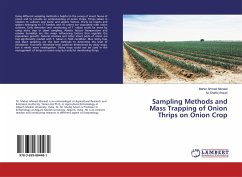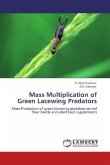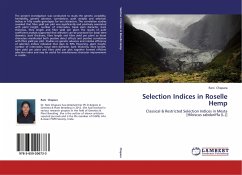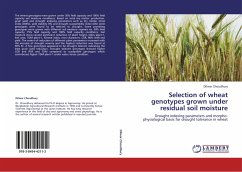Fusarium head blight (FHB) or head scab, caused by Fusarium graminearum Schwabe [telomorph: Gibberella zeae Schwein.(Petch)], is one of the most destructive diseases of wheat (Triticum aestivum L.) worldwide. Numerous strategies for scab resistance breeding are in use, including phenotypic selection for low severity and marker-assisted selection for resistance QTL. The most destructive consequences of scab are evidenced through a reduction in grain quality, and the presence of mycotoxins, the most common of which is deoxynivalenol (DON). Thus, there is great interest among breeders in selecting for resistance to both of these traits. An image based optical sorter is tested to be an effective plant breeding tool for mass selection.







